Wunzi Infant System
The Wunzi™ Infant System was inspired by the familiar ‘onesie’ for infants. The Wunzi is designed for babies up to 26 lbs. and provides a customizable body hug that improves trunk alignment and stabilizes the core.
NEW! We have added a Wunzi PLUS configuration to the product line especially for those TheraTogs wearers who need additional strapping applications for the upper or lower extremities. The Wunzi PLUS configurations include the basic Wunzi system *plus* the size-appropriate Limb Kit strapping and tabs.
A quick introduction from TheraTogs inventor Beverly Cusick:
How to Purchase TheraTogs
Clinicians:
Login/Signup to the professionals-only side of the website for ordering options.
Caregivers:
Paying out-of-pocket? Consult with your therapist or rehab clinician to place an order with an authorized TheraTogs distributor.
Seeking reimbursement? Most payors require the order be processed via an O&P provider or DME (Durable Medical Equipment) facility. Find a Provider near you who is familiar with TheraTogs, or have your preferred Provider contact us for assistance in ordering.
Need help with size, selection, or ordering? Contact Customer Support: [email protected] • (970) 239-0344. For sizing guidance, see the Sizing tab below.
Indications & Applications
The Wunzi can provide hours of carryover in addressing:
- Hypotonia
- Diplegic Cerebral Palsy
- Hemiplegic Cerebral Palsy
- Torticollis
- Athetosis
- Cerebellar Ataxia
- Obstetrical Brachial Plexus Injury (OBPI)
- Developmental Delay
Quick Links
Description
TheraTogs Wunzi™ Infant System was inspired by the familiar ‘onesie’ for infants. Wunzi is designed for babies up to 26 lbs. and provides a customizable body hug that provides hours of carryover for rehab activities aimed at improving trunk alignment and stabilizing the core.
Postural control is an essential component of early intervention
Babies build trunk and neck control/strength before they gain functional skills. Trunk control problems that occur in infancy typically lead to long-term developmental deficits in limb use and movement.
The Wunzi system is designed to help very young clients by increasing sensory input while improving core stability. One of our most popular products, it supports therapy goals both during and between therapy sessions, providing essential carry-over.
The base system includes limb cuffs and strapping to create optimal posture, and the add-on Limb Kit operates like external muscles and ligaments to improve functioning body and proximal joint alignment for better motor development.
Goes on in seconds and over diapers
Caregivers love the over-the-diaper design which is quick and easy to put on. Closure tabs are embedded right into the garment – no loose tabs to keep track of.
Like all TheraTogs systems, the Wunzi is a comfortable, foam-lined, Velcro®-sensitive garment and strapping system that grips the skin. The patented composite fabric is elasticized with a stretch bias that favors good postural alignment – excellent for a growing baby.
Sizing
Guidelines for Wunzi System Measurements
For Torso Length measurement, measure down from C-7 (the big bone at the bottom of the neck) over the diaper and up to the child’s navel as shown below. Be careful to wrap the tape gently over the diaper. For Belly Girth, measure the infant’s belly circumference at the navel.
See also our Measure and Fit Guidelines
Download Sizing Chart (PDF)
Research
These references speak to the critical development of proper postural control and alignment in infants – which the TheraTogs Wunzi system is expressly designed to support:
Babik I, Galloway JC, Lobo MA. 2017. Infants born preterm demonstrate impaired exploration of their bodies and surfaces throughout the first 2 years of life. Phys Ther. 97(9):915-925.
Bly L. 2011. Components of Typical and Atypical Motor Development. Neurodevelopmental Treatment Association; www.ndta.org
Boxum AG, van Balen LC, Dijkstra LJ, et al. 2014. Postural adjustments in infants at very high risk for cerebral palsy before and after developing the ability to sit independently. Early Hum Dev. 90(9):435-41.
Brogren E, Hadders-Algra M, Forssberg H. 1998. Postural control in sitting children with cerebral palsy. Neurosci Biobehav Rev. 22(4):591-6. Review.
de Graaf-Peters VB, Blauw-Hospers CH, Dirks T, et al. 2007. Development of postural control in typically developing children and children with cerebral palsy: possibilities for intervention? Neurosci Biobehav Rev. 31(8):1191-2000. Review.
Dudek-Shriber L, Zelazny S. 2007. The effects of prone positioning on the quality and acquisition of developmental milestones in four-month-old infants. Pediatr Phys Ther. 19(1):48-55.
Dusing SC, Harbourne RT, Lobo MA, et al. 2019. a physical therapy intervention to advance cognitive and motor skills: a single subject study of a young child with cerebral palsy. Pediatr Phys Ther. 31(4):347-352.
Dusing SC, Izzo TA, Thacker LR, Galloway JC. 2014. Postural complexity differs between infant born full term and preterm during the development of early behaviors. Early Hum Dev. 90(3):149-56. Free PMC article.
Dusing SC, Thacker LR, Galloway JC. 2016. Infant born preterm have delayed development of adaptive postural control in the first 5 months of life. Infant Behav Dev. 44:49-58.
Feldman AG. 2016. The Relationship Between Postural and Movement Stability. Adv Exp Med Biol. 957:105-120. Review.
Gramsbergen A, Hadders-Algra M. 2005. Posture in the picture: on the relevance of postural control in children with developmental motor disorders. Summer, 2004. Groningen, The Netherlands. Neural Plast. 12(2-3):73-75. Free PMC article.
Green EM, Mulcahy CM, Pountney TE. 1995. An investigation into the development of early postural control. Dev Med Child Neurol. 37(5):437-48.
Hadders-Algra M, Brogren E, Forssberg H. 1998. Development of postural control–differences between ventral and dorsal muscles? Neurosci Biobehav Rev. 22(4):501-6. Review.
Hadders-Algra M, Carlberg EB. 2008. Postural Control: A Key Issue in Developmental Disorders (Clinics in Developmental Medicine), MacKieth Press (Wiley).
Hadders-Algra M. Neurosci Biobehav Rev. 2018. Early human motor development: From variation to the ability to vary and adapt. 90:411-427. Free article. Review.
Heathcock JC, Galloway JC. 2009. Exploring objects with feet advances movement in infants born preterm: a randomized controlled trial. Phys Ther. 89(10):1027-38. Free PMC article. Clinical Trial.
Hirabayashi S, Iwasaki Y. 1995. Developmental perspective of sensory organization on postural control. Brain Dev. 17(2):111-3.
Johnston MV. 2009. Plasticity in the developing brain: implications for rehabilitation. Dev Disabil Res Rev. 15(2):94-101.
Konishi Y, Takaya R, Kimura K, et al. 1994. Development of posture in prone and supine positions during the prenatal period in low risk preterm infants. Arch Dis Child Fetal Neonatal Ed. 70(3):F188-91. Free PMC article.
Lee HM, Galloway JC. 2012. Early intensive postural and movement training advances head control in very young infants. Phys Ther. 92(7):935-47. Clinical Trial.
Lobo MA, Kokkoni E, Cunha AB, Galloway JC. Infants born preterm demonstrate impaired object exploration behaviors throughout infancy and toddlerhood. Phys Ther. 2015;95(1):51-64.
Monterosso L, Kristjanson L, Cole J. 2002. Neuromotor development and the physiologic effects of positioning in very low birth weight infants. J Obstet Gynecol Neonatal Nurs. 31(2):138-46. Review.
Rocha NA, dos Santos Silva FP, de Toledo AM, Tudella E. 2009. Variability in the levels of postural control in 0-4-month-old infants. Infant Behav Dev. 32(4):376-80.
Rocha NA, Tudella E. 2008. The influence of lying positions and postural control on hand-mouth and hand-hand behaviors in 0-4-month-old infants. Infant Behav Dev. 31(1):107-14.
Steindl R, Kunz K, Schrott-Fischer A, Scholtz AW. 2006. Effect of age and sex on maturation of sensory systems and balance control. Dev Med Child Neurol. 48(6):477-82.
Sweeney JK, Gutierrez T. 2002. Musculoskeletal implications of preterm infant positioning in the NICU. J Perinat Neonatal Nurs. 16(1):58-70.Review.
Vaivre-Douret L, Ennouri K, Jrad I, Garrec C, Papiernik E. 2004. Effect of positioning on the incidence of abnormalities of muscle tone in low-risk, preterm infants. Eur J Paediatr Neurol. 8(1):21-34. Clinical Trial.
van Balen LC, Dijkstra LJ, Dirks T, Bos AF, Hadders-Algra M. 2019. Early Intervention and Postural Adjustments During Reaching in Infants at Risk of Cerebral Palsy. Pediatr Phys Ther. 31(2):175-183.
van Balen LC, Boxum AG, Dijkstra LJ, et al. 2018. Are postural adjustments during reaching related to walking development in typically developing infants and infants at risk of cerebral palsy? Infant Behav Dev. 50:107-115.
Product Properties
<div class=”wcpa_form_item wcpa_type_paragraph “>
<p>TheraTogs systems are FDA Class I medical devices intended to be issued by, and applied under the supervision of, a licensed healthcare practitioner engaged in neuromotor training. TheraTogs systems are made of GoldTone – a proprietary composite fabric with foam backing made of an aqueous-based elastomeric urethane. TogRite strapping is elastomeric strapping with an inert, silicone-based grip surface. All materials and components of TheraTogs<sup>™</sup> orthotic garment systems are latex-free in their manufacture and packaging.</p>
</div>
<div class=”wcpa_form_item wcpa_type_paragraph “>
<p>TheraTogs<sup>™</sup>, Therapy You Wear<sup>™</sup>, TogRite<sup>™</sup>and Wunzi<sup>™</sup> are trademarks of TheraTogs, Inc. TheraTogs systems are protected by US Patents # 8,007,457 and 8,535,256 B2, and Canadian patent #2495769. Additional US and foreign patents pending.</p>
</div>
Only logged in customers who have purchased this product may leave a review.


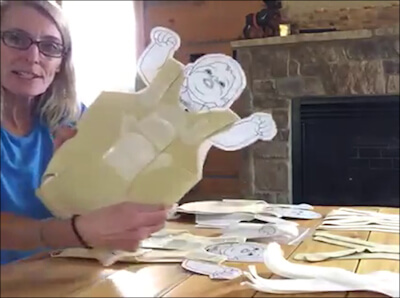
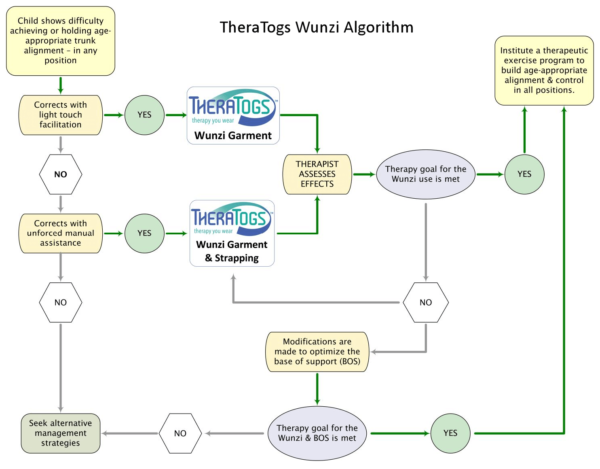



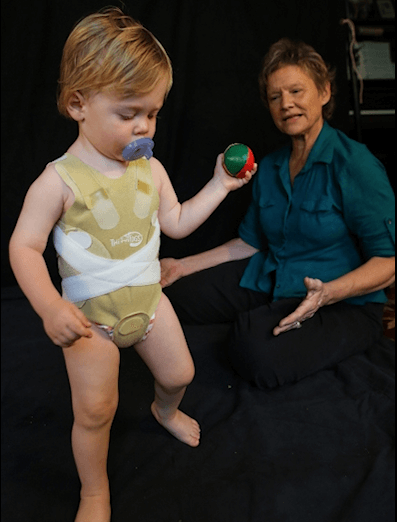


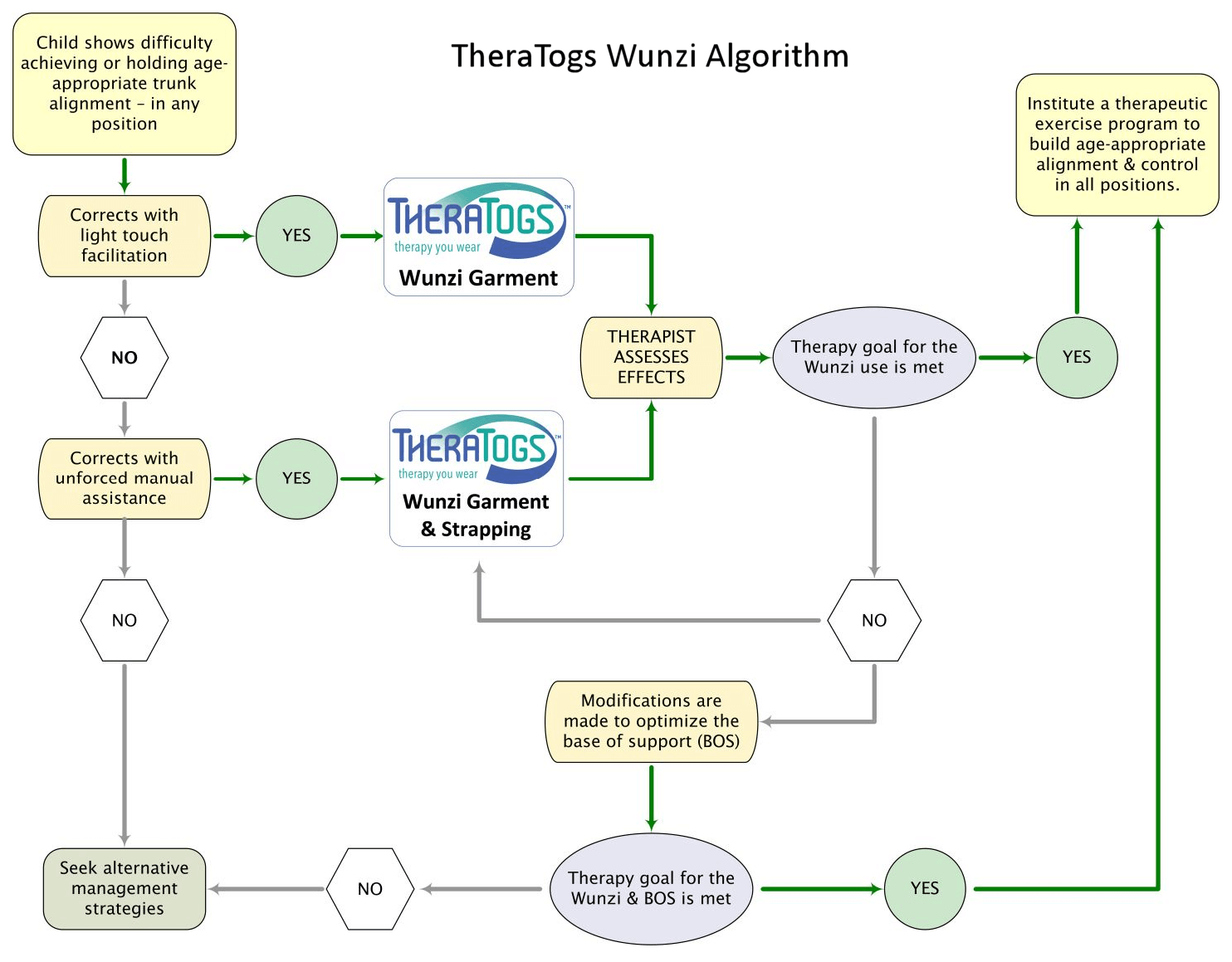





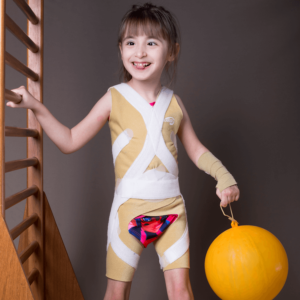
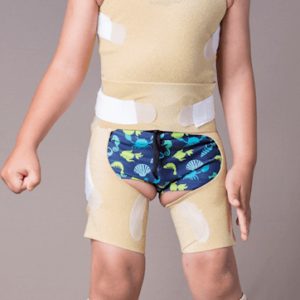
Reviews
There are no reviews yet.